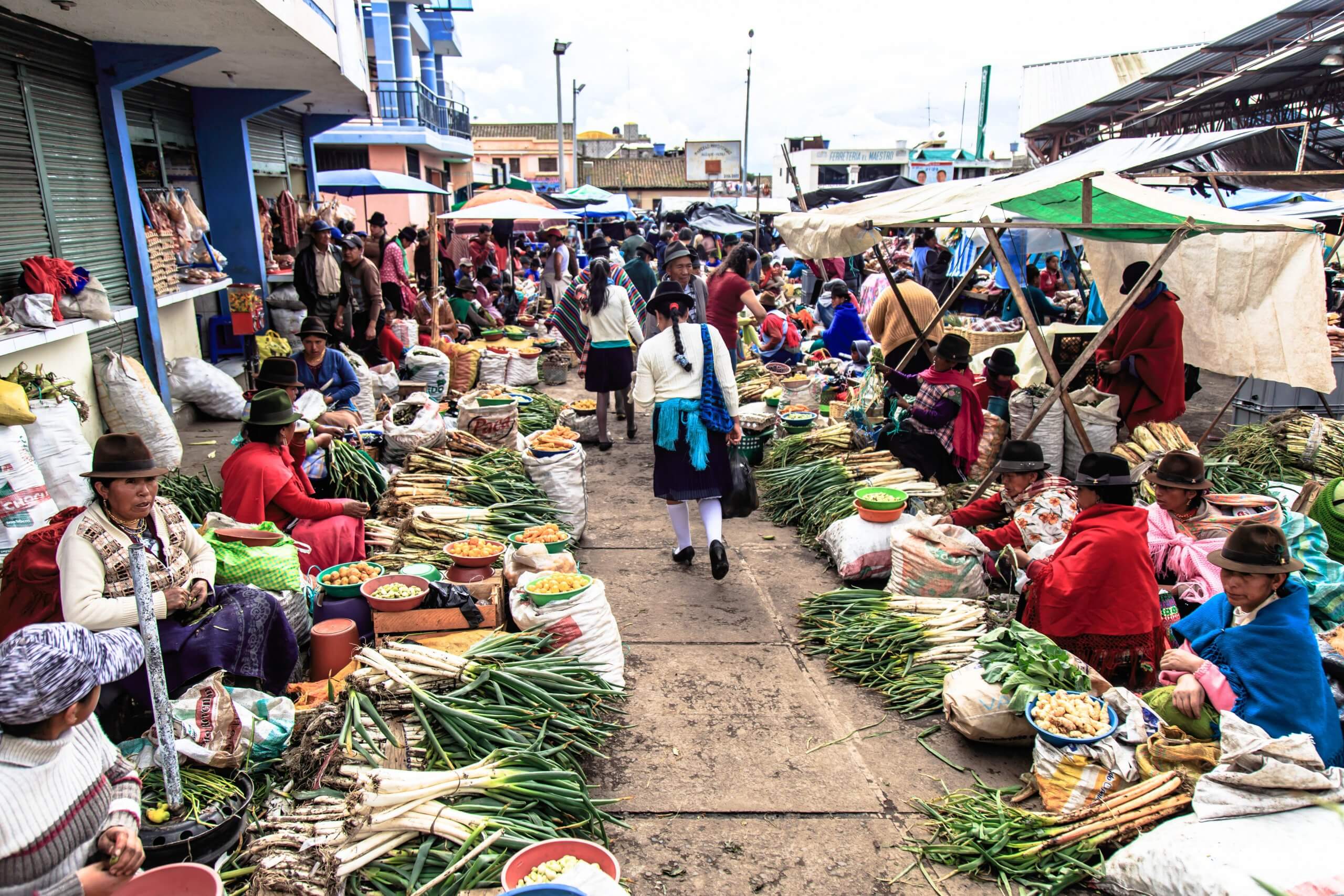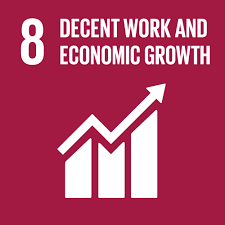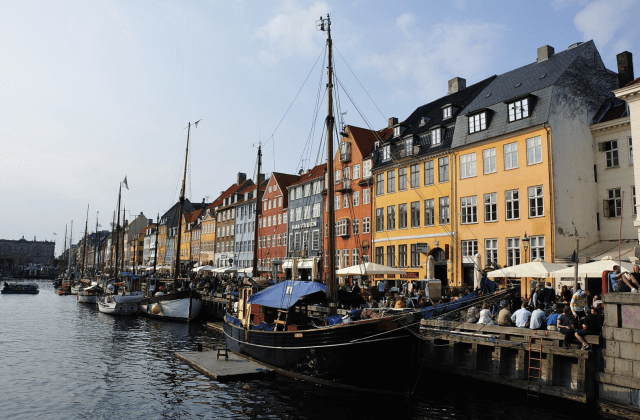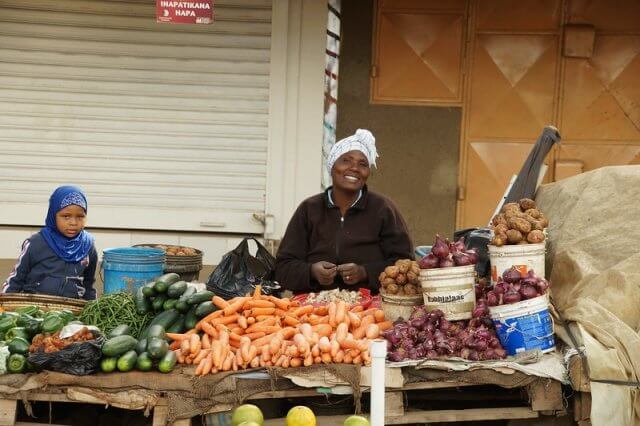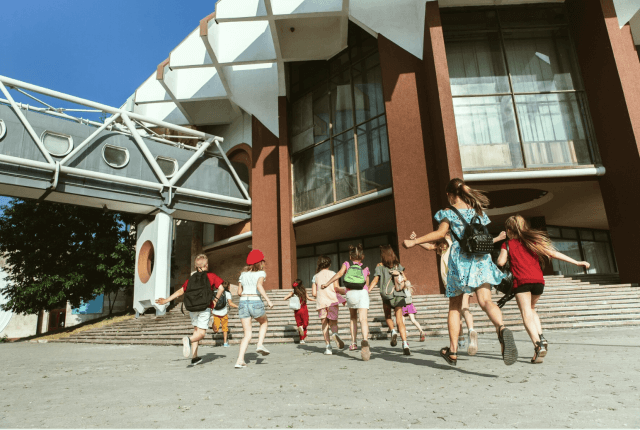The action and its aims
The city of Quito introduced a permit system to establish bioferia markets, where over 100 individual small-scale farmers and associations who participate in the AGRUPAR participatory urban agriculture project sell their (mainly) organic vegetables, fruit, and processed food products directly to consumers, at reasonable prices. The aim is to increase universal access to affordable, varied and healthy produce, while creating economic opportunities for farmers.
When it was introduced
The city first established alternative short supply chains for commercialisation of surplus produce from urban agriculture in 2006. In 2011 Quito introduced the bioferia regulation covering requirements to participate, operations, and penalties for non-compliance.
Why it was needed
The rationale for the social solidarity model of the bioferias is enabling vulnerable growers (e.g. elderly, female heads of households) to earn additional income by selling surplus produce. Meanwhile, poverty affects almost 30% of the population of Quito and 30% of children under 5 suffer from malnutrition, meaning there is great need for universally available, low-cost healthy food.
Who initiated it, who is involved
Quito local government’s Metropolitan Agency for Economic Promotion (CONQUITO) initiated both the bioferia and the related AGRUPAR urban agriculture program. The Metropolitan Company of Mobility and Public Works issues permits to use public space for the bioferia; these permits are obtained by AGRUPAR. AGRUPAR assumed the initial costs of equipment and logistics. Since 2012 the maintenance costs have been shared with producers. CONQUITO monitors farmers’ and collectives’ compliance with the bioferia regulation, ensures they receive training and technical assistance, and ensures records are kept for traceability. Farmers’ representatives meet quarterly to discuss any problems and improvements to the bioferias.
Impacts to date
In 2019 there are 15 bioferia points in Quito, in low-income and peri-urban areas as well as affluent neighbourhoods; 19 markets took place each week. The quantity of produce sold via the bioferias has steadily increased, from 28,675kg (revenue of USD69,509) a year in 2009 to 168,453kg (USD355,054) in 2018.
